This artist turns Singapore’s districts into adorable humanoid characters
If you’ve ever wondered what an anthropomorphic Orchard Road would look like, wonder no more.
Moe anthropomorphism is the art of turning anything non-human into human-like characters known as gijinka. It works for objects, animals and even abstract concepts. For Dixie Koty, the artist behind Singapore Area Gijinka, the subject is different areas around Singapore. While they appear to be simply cute illustrations at first glance, a closer look reveals many insightful details about the places they represent. We caught up with Dixie Koty to find out more about her project.
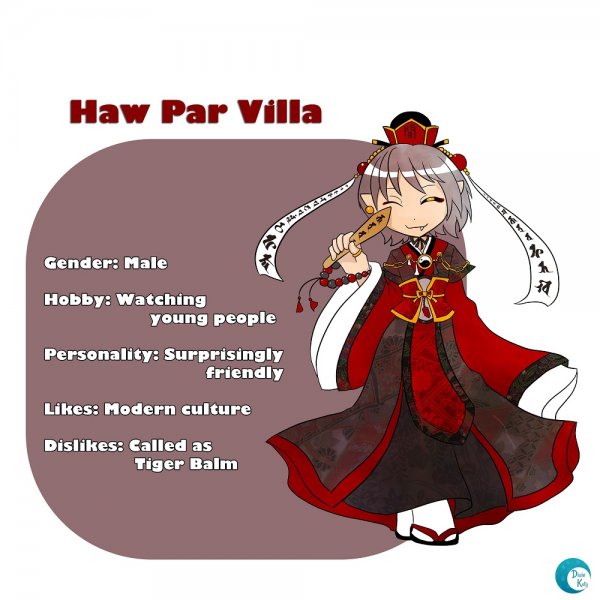
What’s your day job?
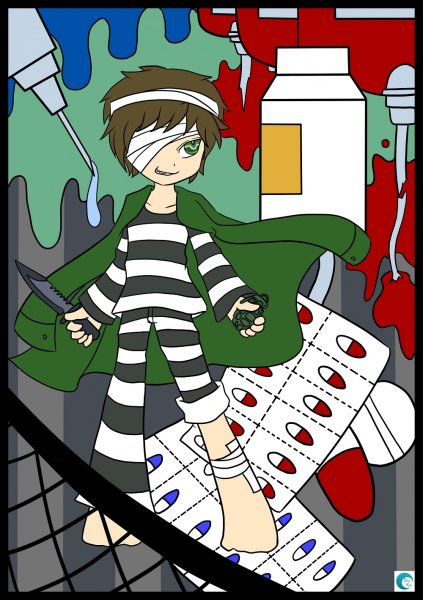
How did you come up with the idea to create gijinka of Singapore's districts?
I had already liked designing gijinka before this. One day, I was wondering if there was anything interesting and unexpected to turn into gijinka. At the same time, I remembered someone commenting that Singapore doesn’t have many characteristics beyond the sightseeing locations. However, when I looked around closely, Singapore’s areas are actually quite unique. That gave me lot of ideas about their designs and characteristics. Once I started to look at the areas like that, it was more fun to walk around Singapore and look for areas that I hadn't been to before.
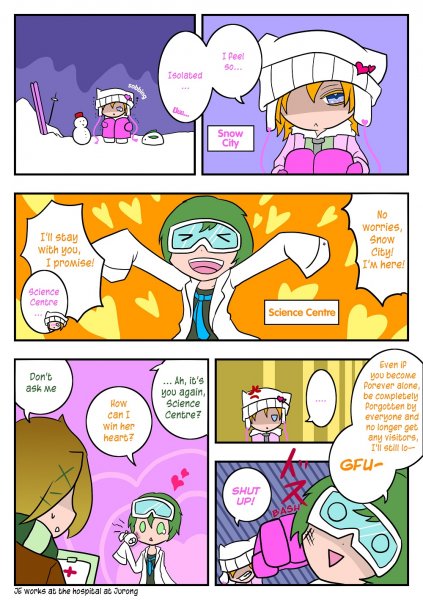
What sort of research do you do when creating a new gijinka?
I start with the areas that I often go to, or the places with characteristics that are easy to identify, then I think about them. I also ask my friends for impressions, and collect information from online sources. Sometimes, I will even visit the place to see what it looks like.
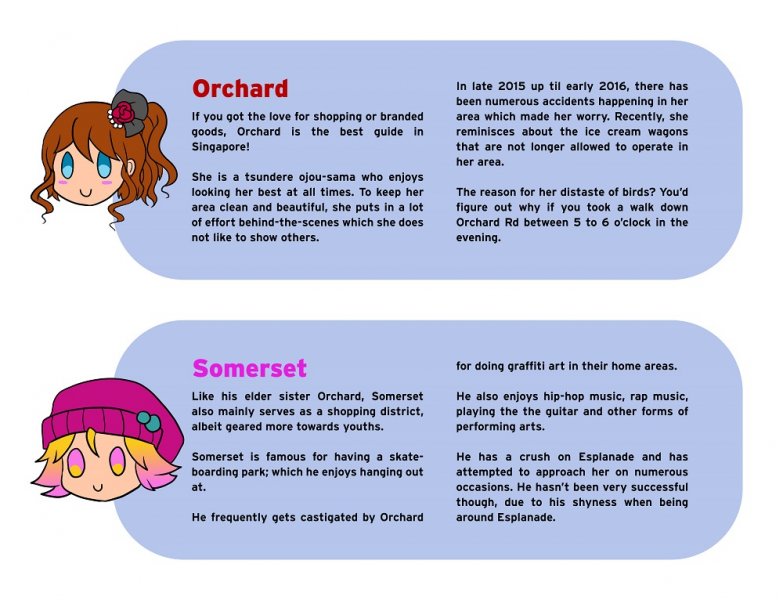
As for how I design them, I start with my first impression of the place. For example, Orchard is one of the biggest areas in Singapore to shop, especially for branded goods. Since female celebrities are people who like branded products, the concept of her design is "Pretty celebrity who likes window shopping".
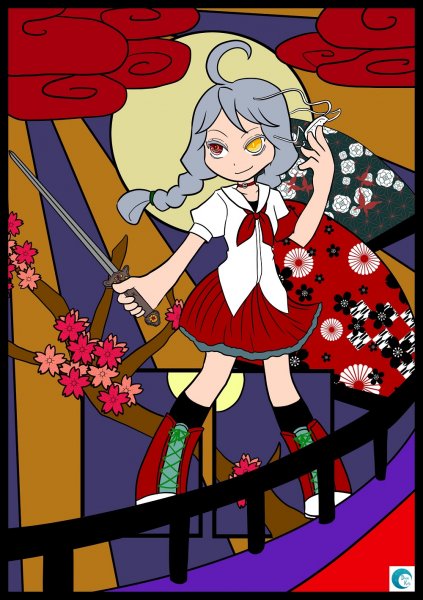
Ngee Ann's Battlefield
There will be a keyword for each character, such as "Skateboard" for Somerset, or "Judge of Hell" for Haw Par Villa. Sometimes, it is difficult to find obvious differences, such as in the case of all the five polytechnics. When that happens, I usually exaggerate a certain trait, or just base it on my impression of that place. Like for Ngee Ann Polytechnic, I’m sure not all the students there like anime, but I exaggerated it based on my experience and impression of it. This way, each of the polytechnics has their own characteristics and one can tell them apart.
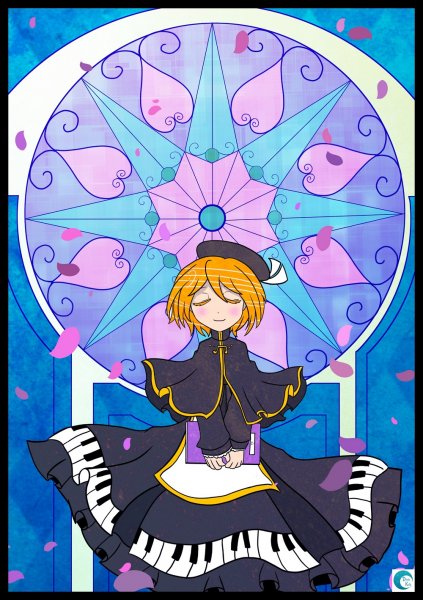
Esplanade, Angel's Dream
Is your work influenced by any particular manga or anime?
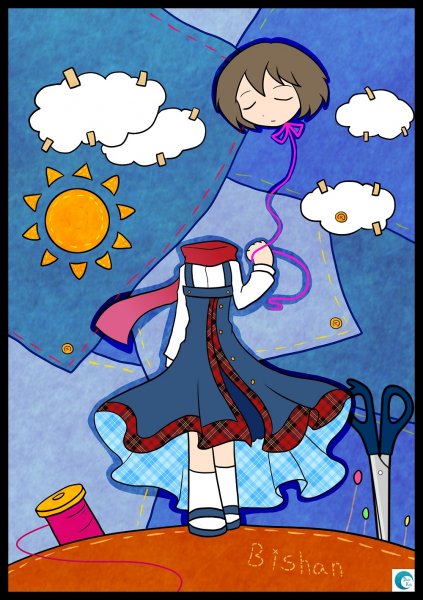
What would you like to achieve with this project?
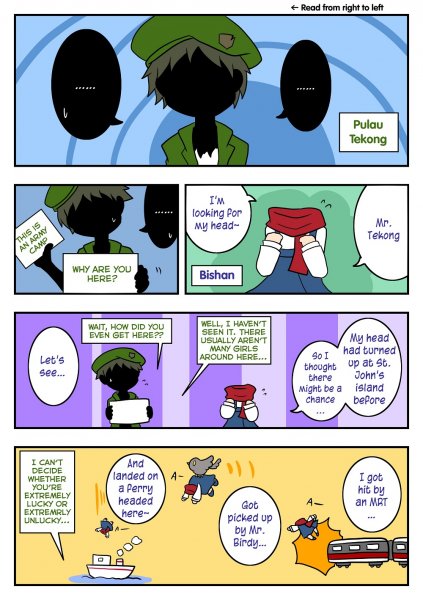
What are your thoughts on otaku culture in Singapore?
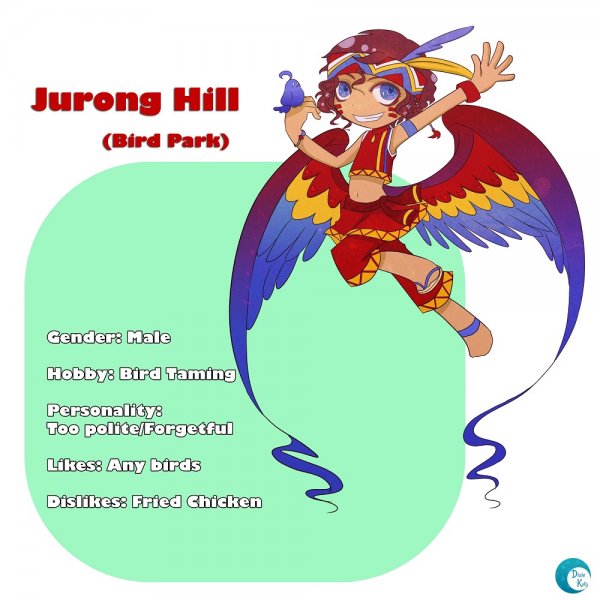
Advertisement